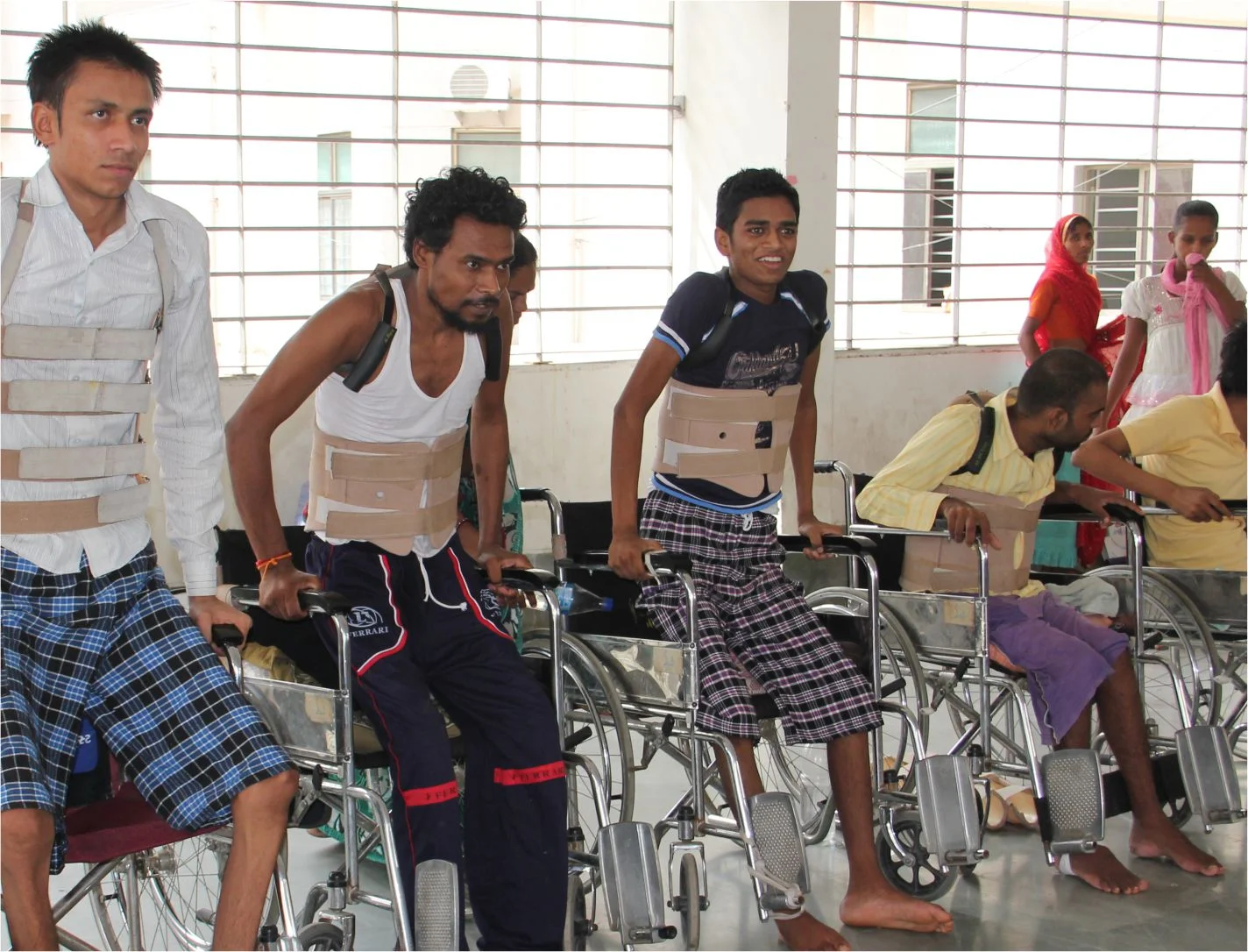The diagnosis of spinal injury and its subsequent management can be difficult and a missed spine injury can have long-term consequences. Spinal column injury must there be presumed until it is excluded.
Modern prehospital emergency care has accepted immobilization as essential to prehospital secondary injury prevention as the prevailing view in spine injury. This concept has formed the foundation of prehospital care for potential spine injury patients. As a consequence of this foundation, substantial resources have been employed for medical provider training and treatment in secondary spine injury prevention with patient immobilization evolving into a practice routinely employed.

The suspected spine injured patient evaluation begins with the history. While mechanism of injury consideration is not included as a means so patient exclusion for immobilization, the injury mechanism does serve as an initial historical component to adjust the potential for spine injury. Historical components that should heighten suspicion for spine injury include axial load, blunt trauma, motor vehicle collision or fall from a height greater than 3 feet. Fall from a standing height represent a risk to adult patients, particularly elderly patients of those with pre-existing spine injuries.

